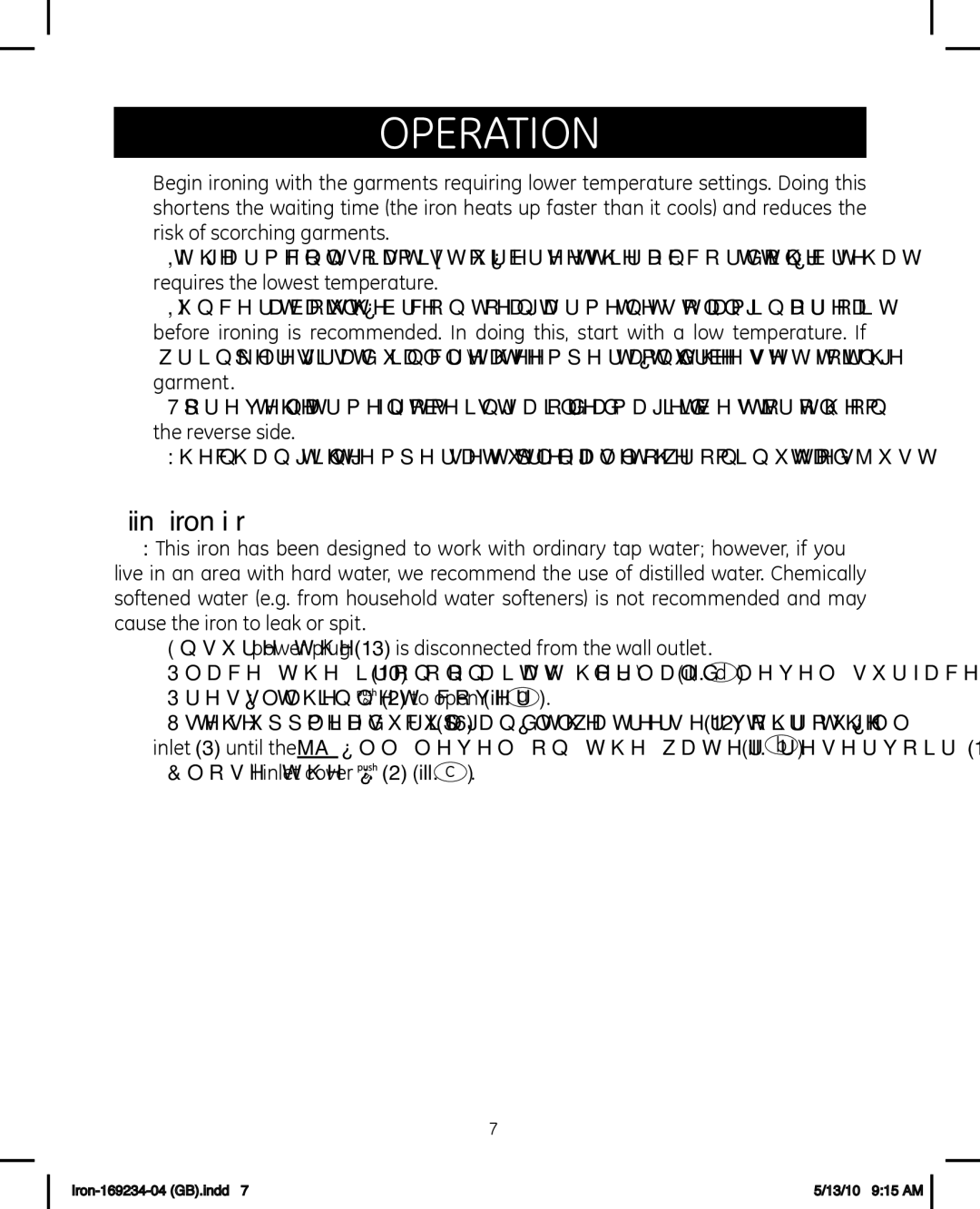169234 specifications
GE 169234 is a groundbreaking technology in the realm of industrial and energy solutions, characterized by its superior performance and robust features. As part of General Electric's vast portfolio, this product exemplifies the company's commitment to innovation and efficiency in complex systems.One of the main features of GE 169234 is its advanced control system, which integrates cutting-edge algorithms with real-time data analytics. This system allows users to monitor and manage operational performance effectively, ensuring optimal output while minimizing downtime. The predictive maintenance capabilities embedded in the control system stand out, enabling users to anticipate potential failures and schedule maintenance proactively, thus reducing unplanned outages.
The GE 169234 also implements superior energy efficiency technologies. This product uses state-of-the-art components designed to operate with reduced energy consumption without compromising performance. By employing high-efficiency motors and generators, it not only aids in achieving sustainability goals but also significantly lowers operational costs over time.
Another noteworthy characteristic of the GE 169234 is its enhanced safety features. The design includes multiple redundancy systems and fail-safes that are critical in maintaining operational integrity. This focus on safety extends to user interactions, with intuitive interfaces and easy accessibility for operators to manage settings and monitor the system seamlessly.
The modular design of GE 169234 facilitates easy upgrades and scalability, making it an adaptable solution for various industrial applications. Whether in manufacturing, oil and gas, or renewable energy sectors, its versatility and compatibility with existing systems enhance its overall appeal.
Connectivity is also a key component of GE 169234. With built-in support for IoT and cloud networking, users can connect their systems to GE’s digital ecosystem. This integration provides a platform for data sharing and remote monitoring, allowing organizations to harness insights and improve operational efficiencies further.
In summary, GE 169234 stands out with its sophisticated control systems, energy efficiency, safety features, and modular design. With these characteristics, it is poised to lead the way in modern industrial technologies, helping businesses optimize their processes while promoting sustainability and efficiency. As industries evolve, solutions like GE 169234 will be essential drivers of innovation and progress.

